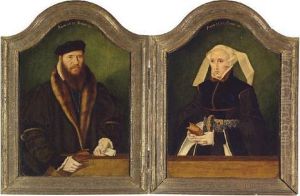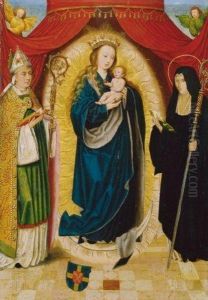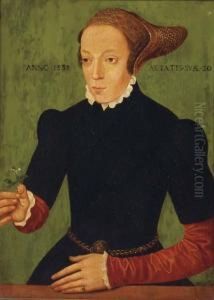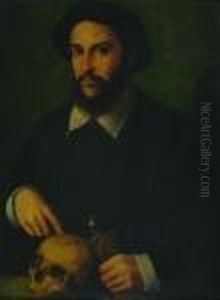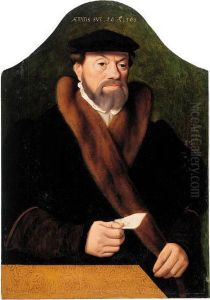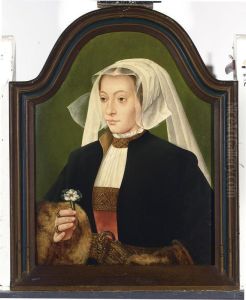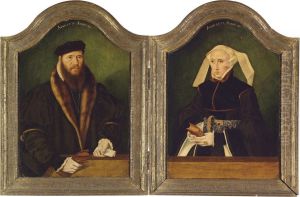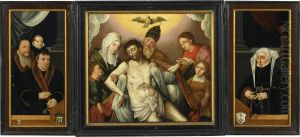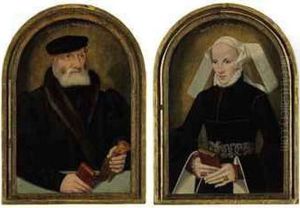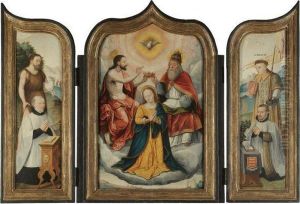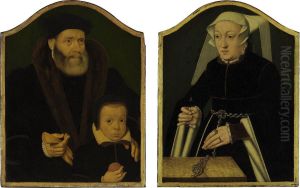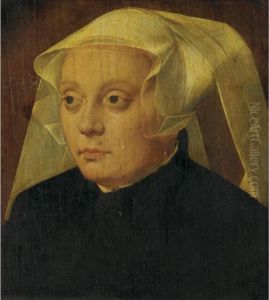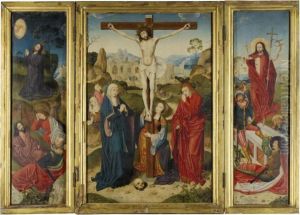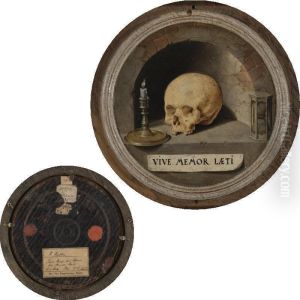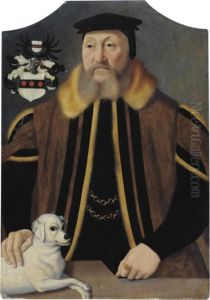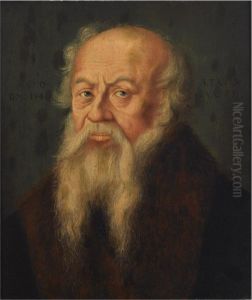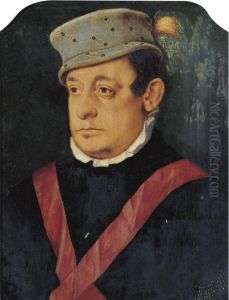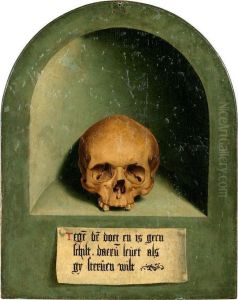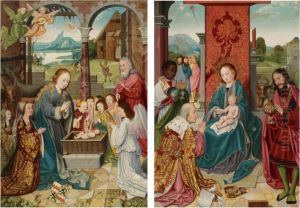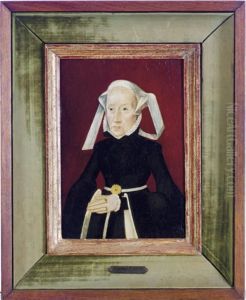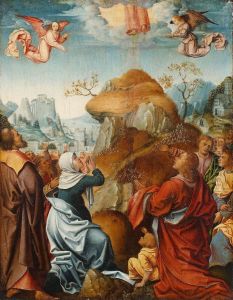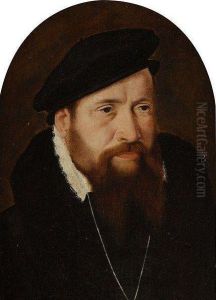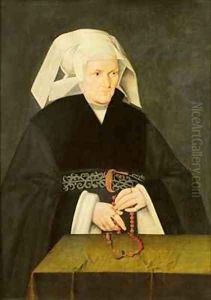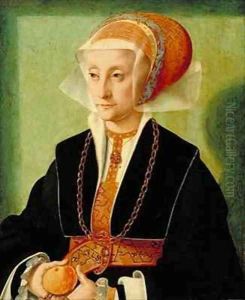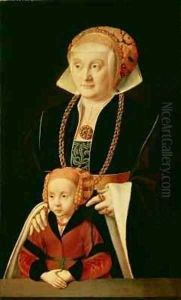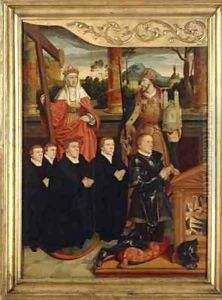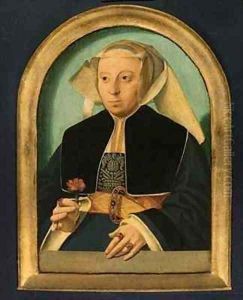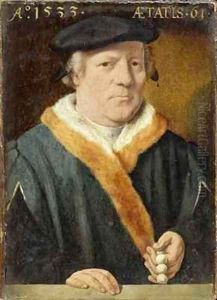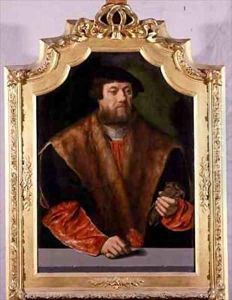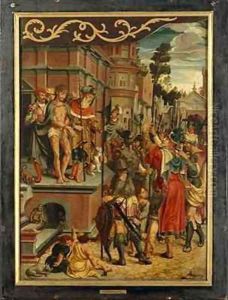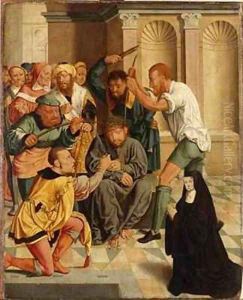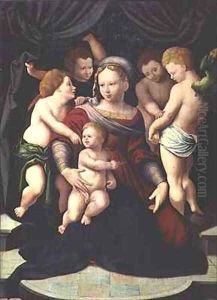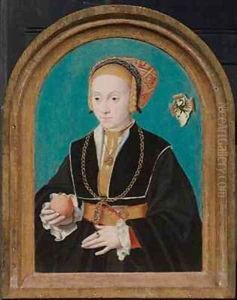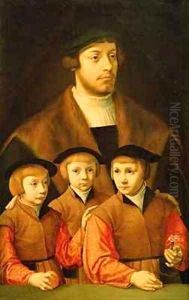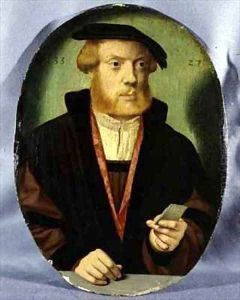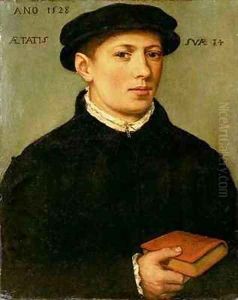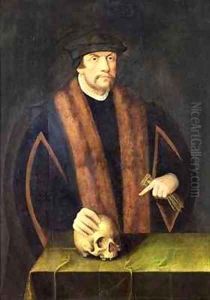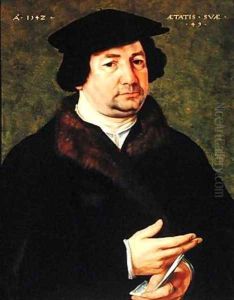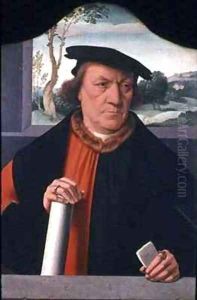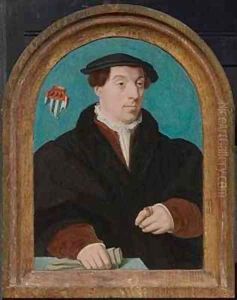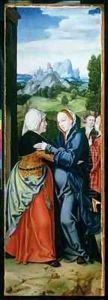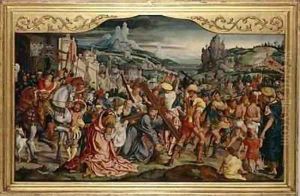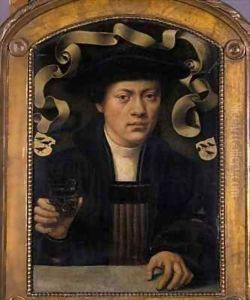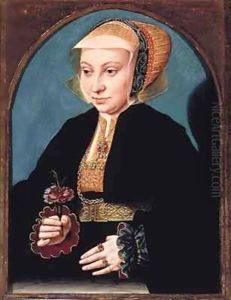Bartholomaeus, the Elder Bruyn Paintings
Bartholomaeus Bruyn, known as Bartholomaeus Bruyn the Elder, was a prominent German portrait painter who worked mainly in Cologne during the Renaissance period. Born in 1493 in Wesel, Duchy of Cleves, he was one of the first significant artists of his region to be influenced by the innovations of the Italian Renaissance, incorporating these elements into the Northern European painting tradition.
Bruyn established himself in Cologne, where he opened a workshop and became a leading portraitist. He was particularly known for his detailed and refined portraits of the local patrician class, ecclesiastical dignitaries, and members of the humanist circle of Cologne. His work is characterized by meticulous attention to detail, especially in the rendering of textiles and jewelry, and a clear, realistic approach to depicting his subjects.
Apart from portraits, Bruyn also executed religious commissions and altarpieces for local churches, showing his versatility as an artist. His style shows the influence of Dutch and Flemish artists, as well as the Italian Renaissance, although he never left Germany. His portraits often included intricate backgrounds that featured landscapes or interiors which reflected the status and wealth of his sitters.
Bruyn's contribution to the art of portraiture was significant in that he helped to develop a more nuanced and individual approach to depicting sitters, which was a departure from the more generic representations common at the beginning of the 16th century. His legacy includes not only his own extensive body of work but also the influence he had on succeeding generations of artists in the Cologne area.
He passed away in 1555 in Cologne, leaving behind a rich legacy as one of the leading portrait painters of his time in Germany. His sons, Bartholomaeus Bruyn the Younger and Arnt Bruyn, were also painters, but they did not achieve the same level of recognition as their father.
